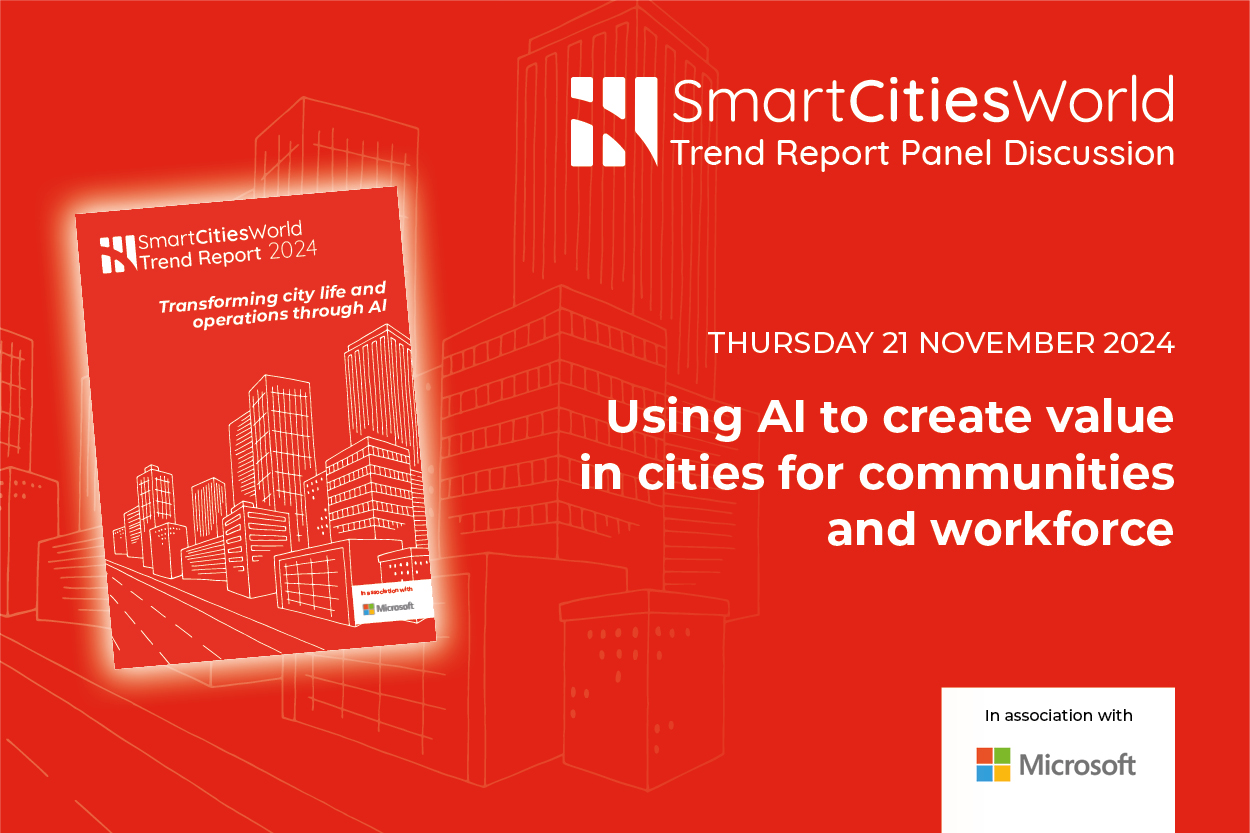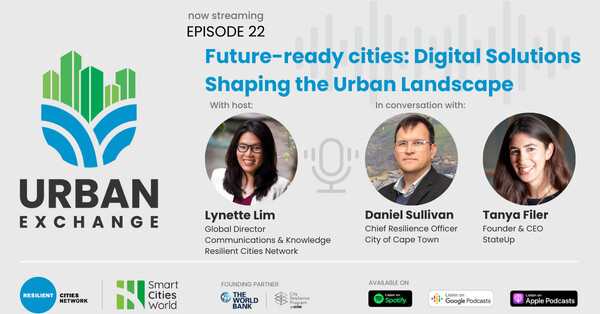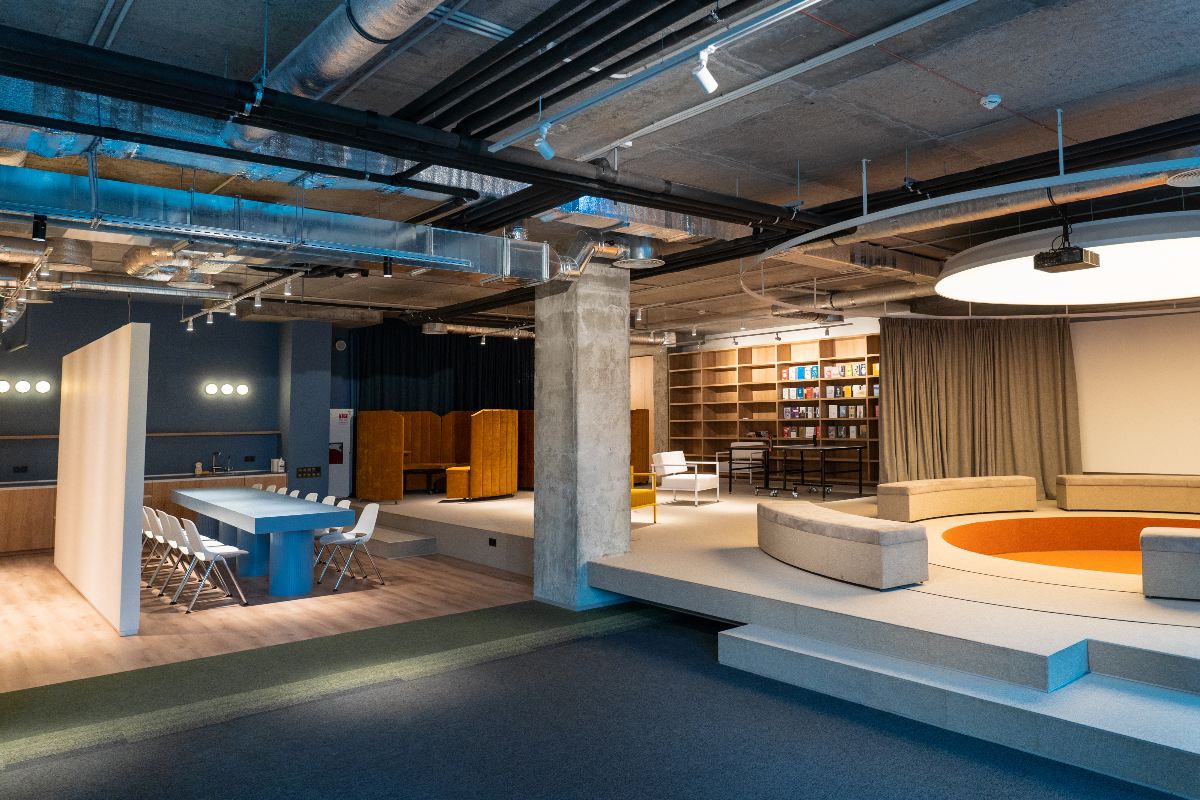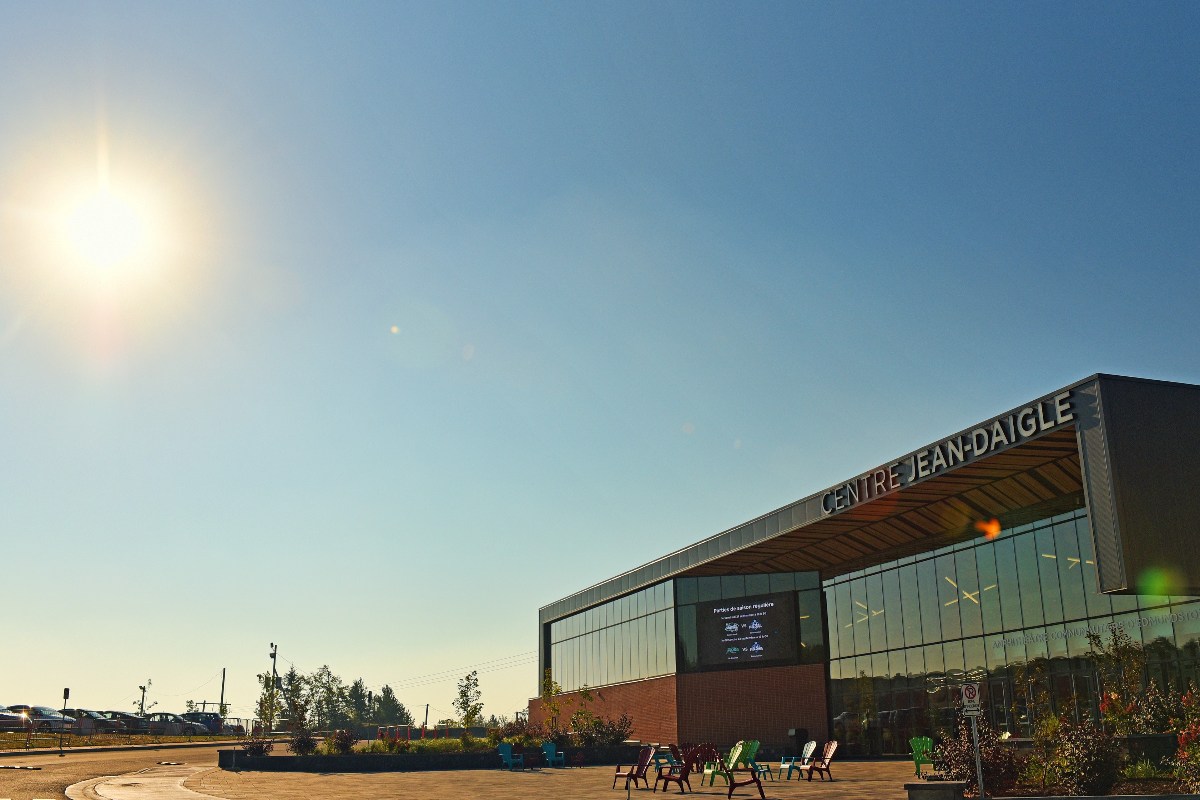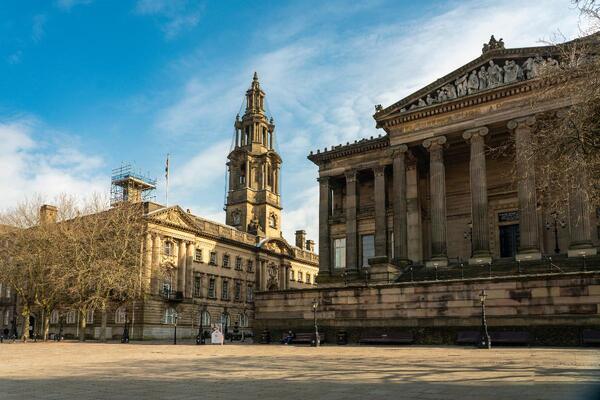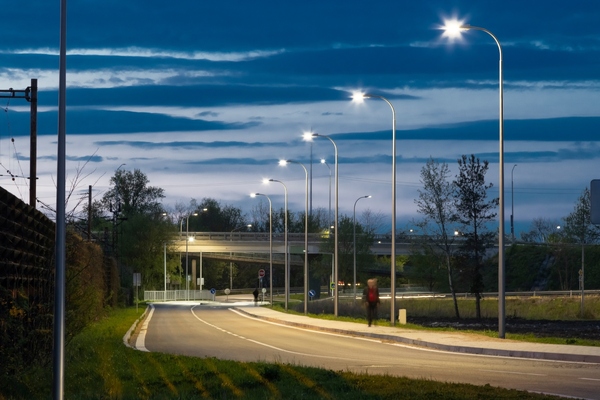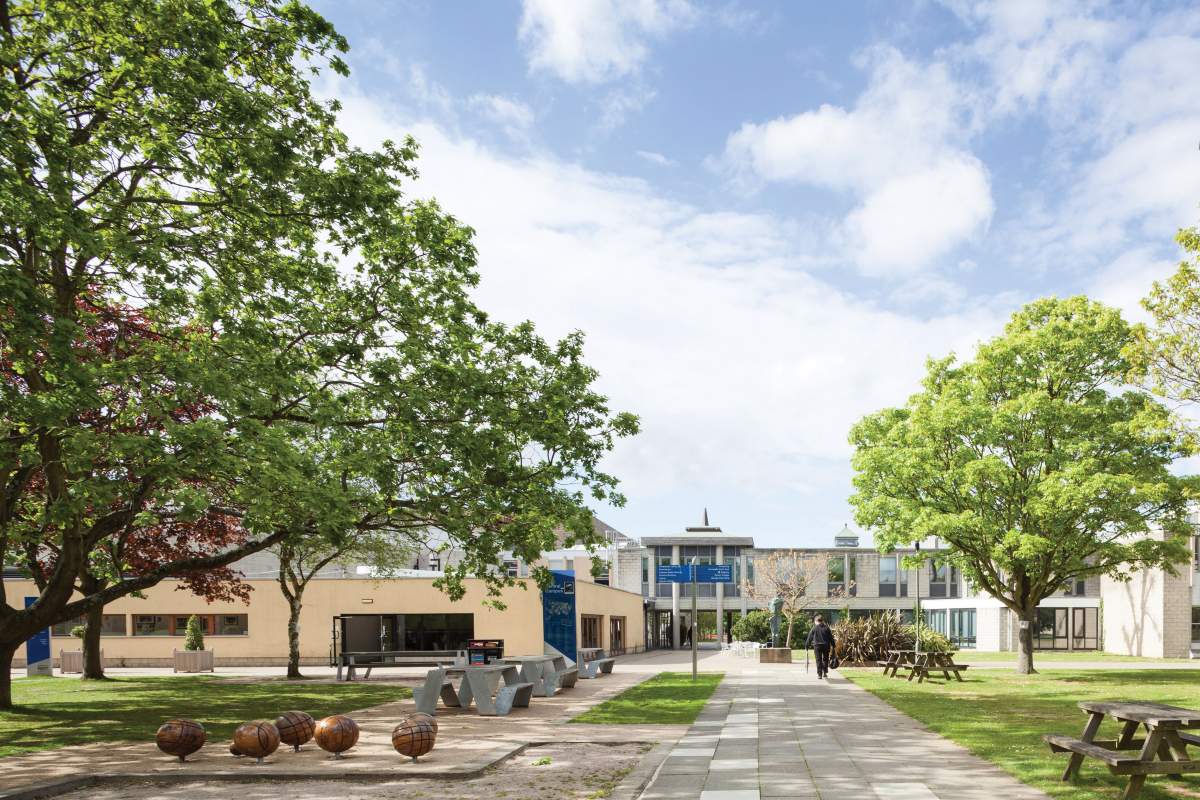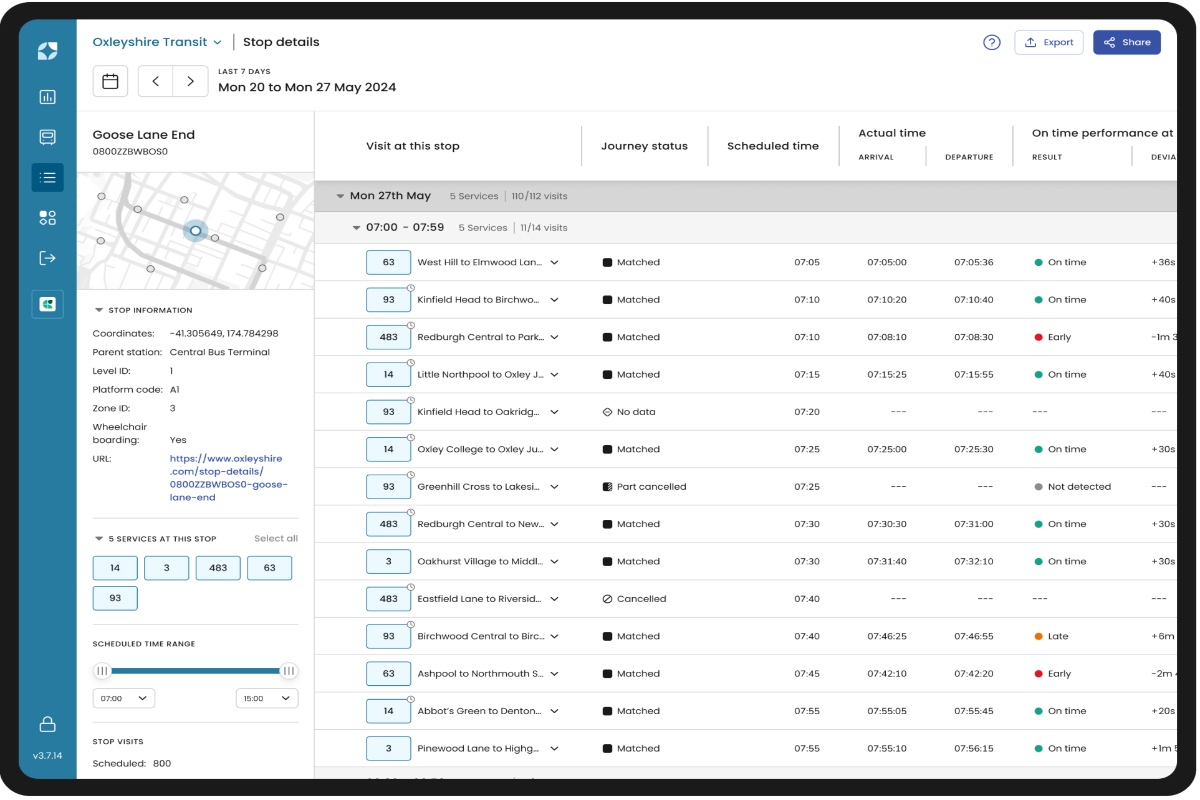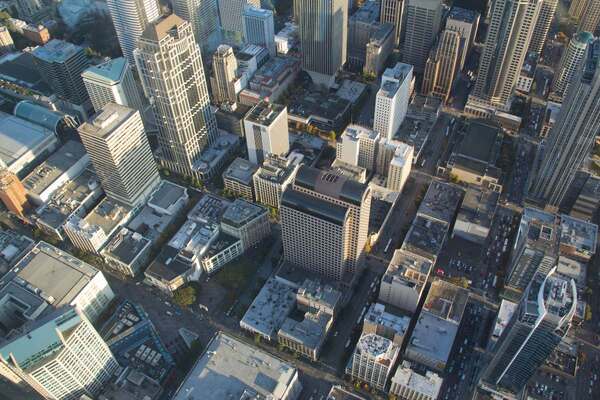Special Reports
SusHi Tech Tokyo 2024: experience ‘Tokyo 2050’ todaySponsored by The SusHi Tech Tokyo 2024 Showcase Program Executive Committee
Elements of a Connected Smart City, by Russ Vanos, Itron
A truly smart city breaks down silos and shares information within its own organisation and also outside its walls

In 1950, there were only two megacities with more than 10 million people: New York-Newark and Tokyo. Today, 35 megacities exist, illustrating the growing presence and importance of cities in today’s urban world. This growth, coupled with the need to better manage energy and water resources, is driving the connected smart city.
A smart city uses data and technology to help drive efficiencies and create sustainable initiatives and actions within a city. It also engages citizens to get them more involved in what a city is doing. At the heart of any smart city are core elements that enable cities to thrive.
A smart city is a sustainable city and a good steward of the environment. Energy and water resources are critical to a city’s prosperity and sustainability. As city populations grow, the demand for city services only increases, putting a particular strain on energy and water.
A smart city ensures the safe and reliable delivery of energy and water resources through modernized infrastructure, allowing for advanced city services utilizing sensing technologies.
Central to any smart city is collaboration. A smart city learns from industry leaders, smart city experts and visionaries, and adopts best practices to accelerate smart city initiatives. While it is important for cities that are just beginning their smart city journey to develop a strong vision and roadmap, they can start small and build on their successes. They can learn from others who have pioneered the smart cities path to help them realise the benefits from this low hanging fruit.
A truly smart city breaks down silos and shares information not only within its own organization, but outside its walls with various external stakeholders. Outside of departmental walls, convening city leaders, utilities, universities, businesses, technology partners and citizens is essential to smart city success. Taking a holistic and integrated approach to engaging these disparate groups helps build a network of projects that all tie back to the foundational goal of enhancing livability, workability and sustainability.
A foundational element of a smart city is a single multi-purpose communications network that features open standards. With this network, data can be shared, creating more efficient utility operations and present new business models and new revenue opportunities for cities. With sensors and intelligence embedded in every device, the network provides the backbone for all city connections.
With an open network comes open development processes that inspire new technologies and applications that haven’t been imagined yet, creating numerous possibilities to connect businesses, citizens and innovators. A smart city encourages open collaboration and innovation to create various smart city applications.
Data is instrumental to the success of a smart city, whether applying transportation management, balancing the energy and water nexus, lighting controls, building efficiencies, safety measures or other applications. Data sharing and analytics are the gateway to getting greater value out of smart technology and enhancing a city to be more sustainable, resilient and economically vibrant.
A successful smart city creates the foundation to engage, inform and empower its citizens. Using a mobile app creates greater awareness and action among citizens to reduce energy, save water, eliminate waste and improve air quality. Not only can citizens use an app to make decisions about their own impact on energy, water and waste, they can use it as a real-time reporting tool to communicate issues, such as a pothole or graffiti, to the city for quick action.
Best practices, communication, an open, secure network, real-time data and more are the essential ingredients to build a smart city. A smart city, through collaboration and innovation, provides reliable access to energy and water, engages citizens in new ways, creates economic opportunities and enables communities to thrive. A smart city is livable, workable and sustainable. And it is achievable with the right elements in place.
Russ Vanos is Itron’s vice president of sales and marketing for global software, services and smart cities. In this role, Vanos is leading Itron’s global software and services teams to enable true solution selling in collaboration with Itron’s Electricity, Gas and Water business lines. He is also integral to the Internet of Things and smart cities initiatives for the company.

